Master Design Studio M1; keywords: material-aware design, fabrication-aware design, material performance
„A bed is a bed, a chair is a chair, and there is no relationship between them so long as each serves only the function it is supposed to serve. And without such a relationship there can be no space, for space exists only when it is opened up, animated, invested with rhythm and expanded by a correlation between objects and a transcendence of their functions in this new structure. In a way space is the object‘s true freedom, whereas its function is merely its formal freedom.“
(Jean Baudrillard, The System of Objects)
In “The System of Objects” Baudrillard states that the categorization of man-made objects is mostly based on their use or function (“each object corresponds to an operation”) and that furniture is often only seen as products of technological developments. How objects are experienced atmospherically and which intercultural networks and spatial systems they produce and manifest are often overlooked. Based on the idea of “furniture“ as a movable, temporary and interactive spatial system and the „interior“ as the design of an atmosphere, students from i.sd (Institute of Design / Structure and Design) at the University of Innsbruck have developed innovative concepts for seating objects: from individual objects to modular space-forming systems, from material-based to conceptual approaches. The design studio was part of a cooperation between i.sd_Structure and Design and Evonik Industries, an international market leader in the development of high-performance polymers. Evonik’s materials have special properties that can be modulated according to the application. The examination of the versatility of polymers formed the starting point for the concepts and designs.
Students were given insights into areas such as specialty chemistry, material design and manufacturing methods. Material properties and their haptic, visual and kinematic effects are the starting point for some of the designs: Özgül Coban develops a chair with synaesthetic effects from the impression of movement in curved and raised plastic surfaces. Joans Koblmüller uses the elasticity of fiber-reinforced plastic as the shaping principle. Other designs take advantage of mechanical or geometric principles. Aleksandra Bujak’s design is based on modular chain links that mesh and can thus be aggregated into tailor-made designs. The interplay between repetitive individual parts and their variable arrangement in surprising formations is also evident in the designs by Tobias Hauer and Hannes Widauer. Simple elements are used to create differentiated seating objects that can be expanded and converted. The body position that allows us to take up objects is also an expression of social or cultural framework conditions – so sitting is always a way of presenting the body, disciplining it or making it more alert, relaxing and letting it rest, giving it freedom to give or restrict his freedom of movement.

